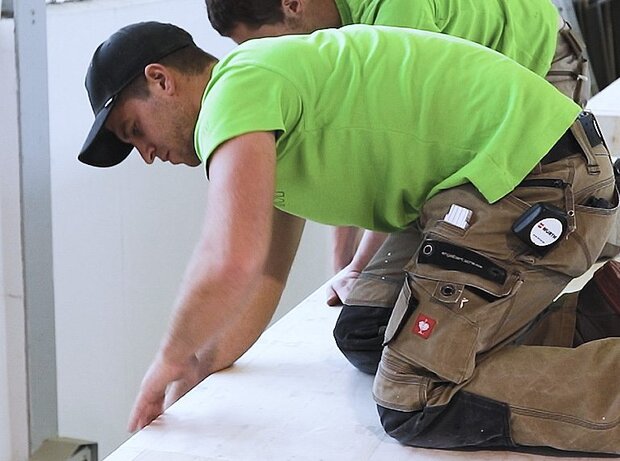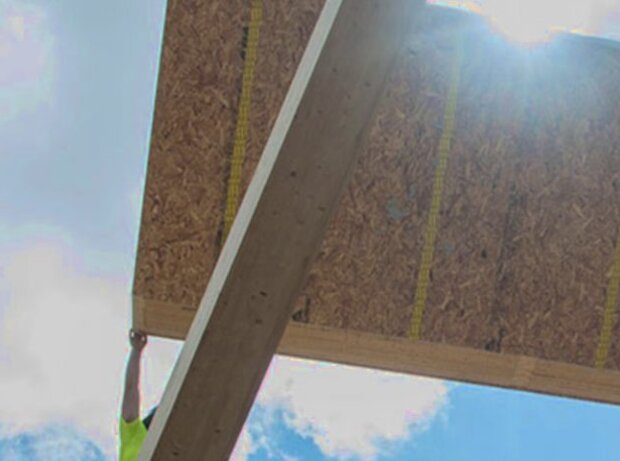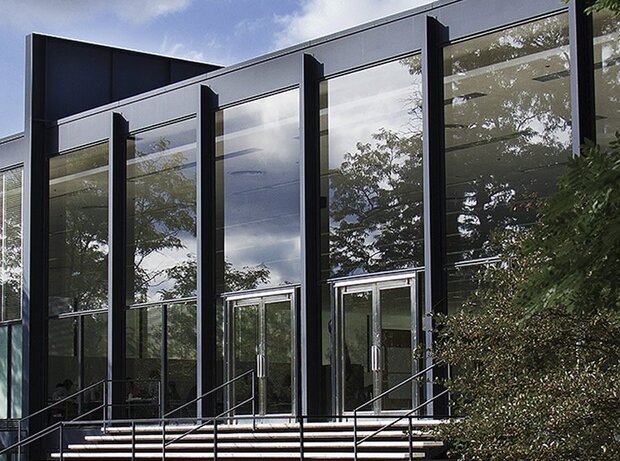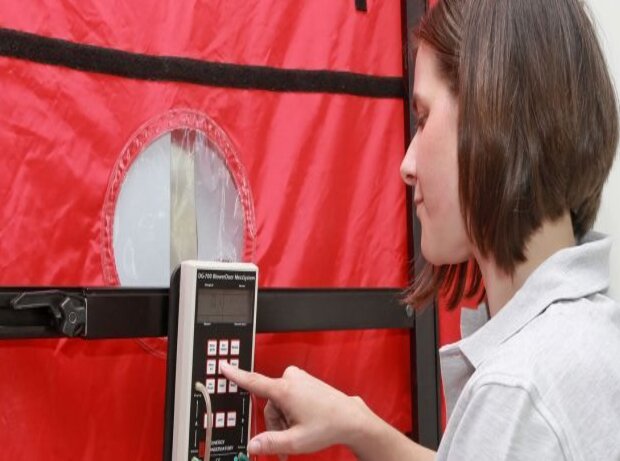
Find the right way: Irish Building Regulations (Part 2)
Learn about the most important Irish regulations for condensation and weathering.
This is Part 2 covering ROI regulations for risk of condensation & weathering. ROI Part 1 covers energy efficiency & comfort.
This article is advisory only; we do not claim completeness, accuracy or liability. Please highlight any errors or additions by commenting.
Control of air movement for condensation control
Irish builders of yore didn’t have to worry much about condensation. Until the last century buildings were usually so draughty that moisture never had a chance to rise to higher levels than outside. Even if they had done so, the traditional wall build up of stone or earth construction is not only resistant to damage by moisture but also monolithic in construction, so air could not flow to cold areas. Insulation was absent, so cold interstitial zones could not be formed. Roofs were highly vapour open. And, building inspectors with clipboards were almost wholly absent.

Traditional building; plentiful raw materials and cheap labour, yet low comfort standards, and energy didn’t come cheap.
Come the modern age, and we expect semi-tropical internal conditions year-round. The warm internal air carries large quantities of moisture. Buildings are now more commonly assembled in layers between the wet & warm interior and the relatively dry & cold exterior. By introducing insulation, the outer layers of the wall cannot be warmed from the interior. Each of these layers has a different resistance to moisture. If uncontrolled air flow reaches a cold resistant surface, large quantities of liquid water can form, so-called interstitial condensation.
Condensation in building fabric is a complex field. It can occur completely hidden from view, yet be causing severe damage to building fabric or occupant health. Controlling to avoid damp is a major part of a builder’s responsibilities.
Technical Guidance Document C- Site Preparation and Resistance to Moisture 2017
This is the relevant technical guidance document, although it is noticeably light on advice on vapour control to avoid interstitial condensation. In referring to cladding systems it decrees:
“Material should be permeable to water vapour, unless there is a ventilated space directly behind the material.”
There is no further guidance.
Nonetheless, the risk of interstitial condensation remains and must be avoided. BS 5250 contains a wealth of applicable design guidance, as we summarise in UK Part 2. Now, onto our next topic, Protection from weathering.
Weathering protection during construction & beyond
Keeping that famous weather from getting inside the building is a primary function of the building. The relevant regulation is Technical Guidance Document C- Site Preparation and Resistance to Moisture 2017.
Again, the document is better at stating a requirement than telling you how to get there. Requirement C4 : Resistance to weather:
“The floors, walls and roof of a building shall be so designed and constructed and ground moisture. as to prevent the passage of moisture to the inside of the building or damage to the fabric of the building.”
SIGA will assist here with its Fentrim® range; this is a high performing weatherproof and breathable product. You can use Fentrim® to seal around windows.
Section 3.2.2 requires walls to resist the penetration of weather, Section 3.3 addresses walls and cladding, as illustrated in diagram 10. It notes:
“Material should be permeable to water vapour unless there is a ventilated space directly behind the material.”
SIGA Wigluv® tape is permeable to water vapour. It is also available as a membrane, for use as a weather layer.
Drying out period
Note that the construction stage, and the first two years of occupation, are a critical period where the amount of water in the building is far in excess of the normal. Wet trades such as concrete, plaster, screed, and poor weather during construction all add to the moisture load that the building must deal with. So, even if the design is correct for the normal case, some extra allowance must be made in the design of vapour control & release in the fabric, to account for the higher risk of condensation during this period. Majrex® can control this risk. Ask us how!
Having now covered condensation control and weathering protection, it is onto the main course of this article; Control of air movement to improve energy efficiency & comfort.
Conclusion
We have summarised the regulation for condensation and weathering for the ROI. We give you further guidance on airtightness control for efficiency & comfort in Part 1 of the “Irish Building Regulations”.
By making a building airtight, you will have limited the mass air flow through the building fabric. This prevents the main cause of interstitial condensation- that warm and wet air reaching a cold impermeable surface.
You may follow standard build ups, e.g. those in BS 5250. If you step away from that you may require assistance from SIGA, who can provide advice and analysis for a specific situation.
This is the final instalment in a four-part article reviewing the essential airtightness regulations for Britain and Ireland. We hope you now feel well informed! However, if you feel we’ve missed a critical piece of guidance, let us know in the comments.

Bertie Dixon
Bertie has practised building services engineering and sustainability consulting in the UK for 15 years. He is a certified PassivHaus planner. He is on a mission to help you deliver a high-quality building, one that does what it says on the tin.










